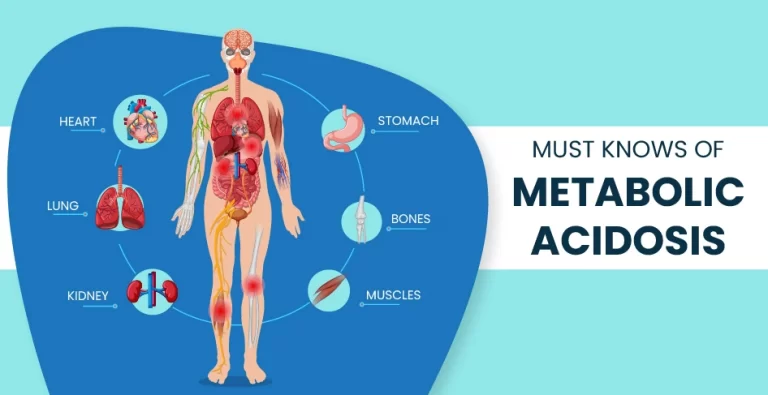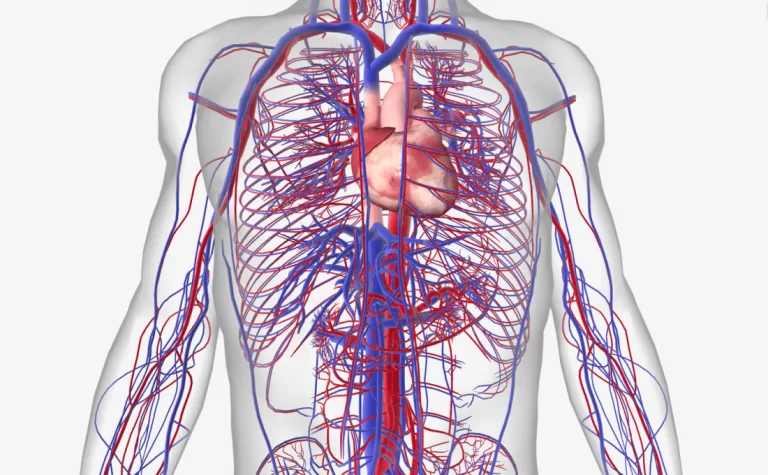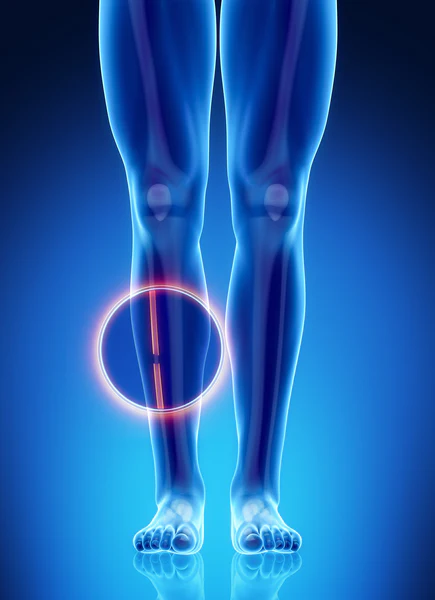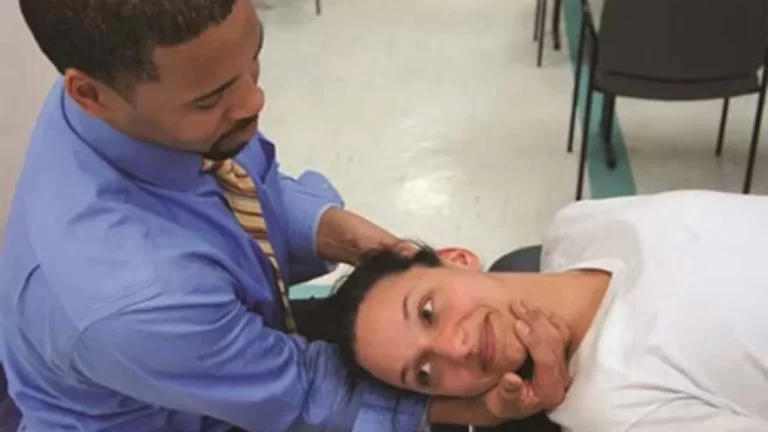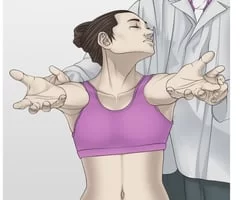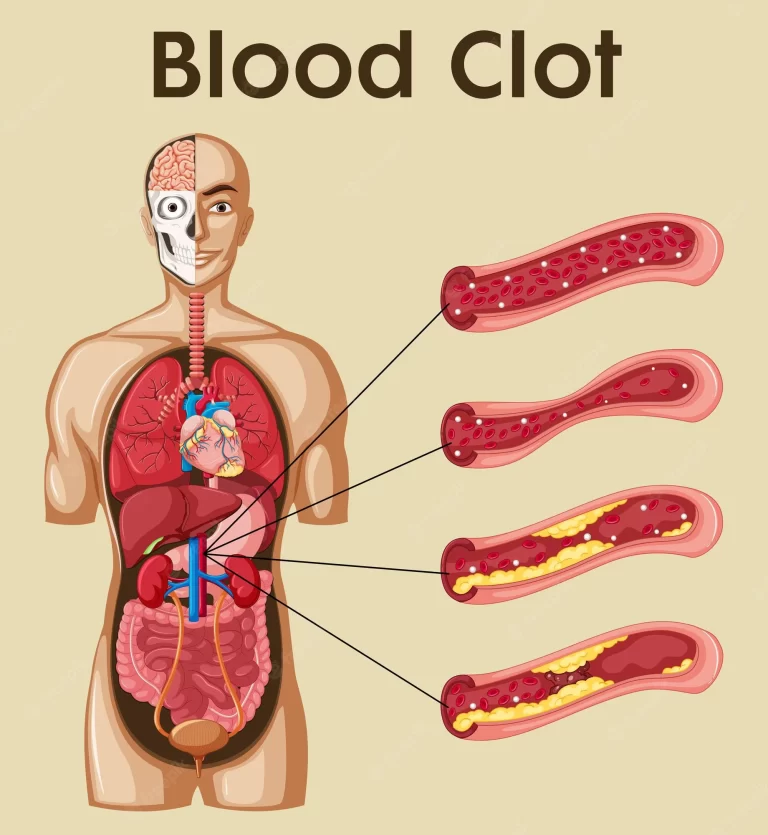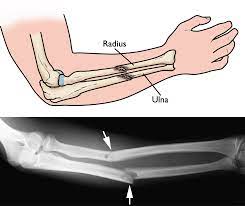Metabolic Acidosis
What is Metblic Acidosis? Metabolic acidosis is a condition in which the body produces too much acid or when the kidneys are not removing enough acid from the body. This leads to a decrease in blood pH, which can cause a variety of symptoms and potentially life-threatening complications if left untreated. Metabolic acidosis is an…

